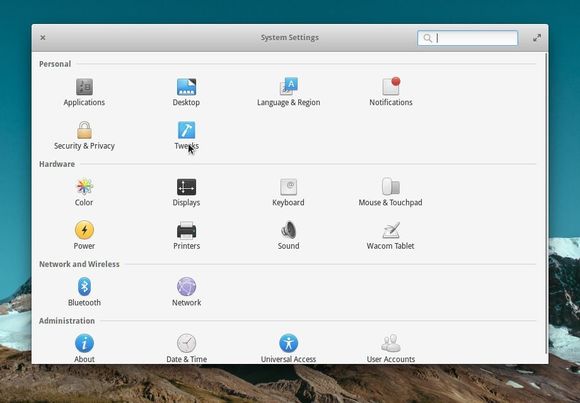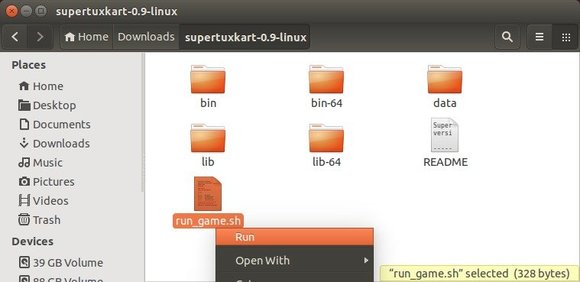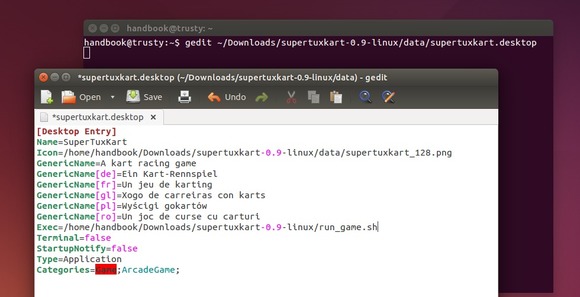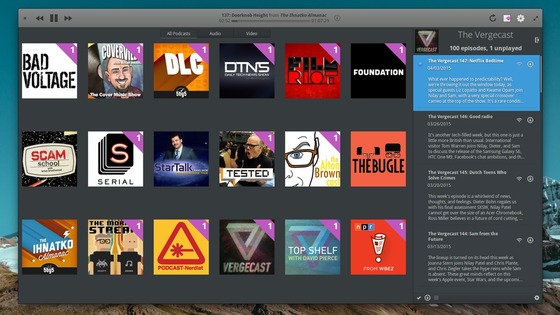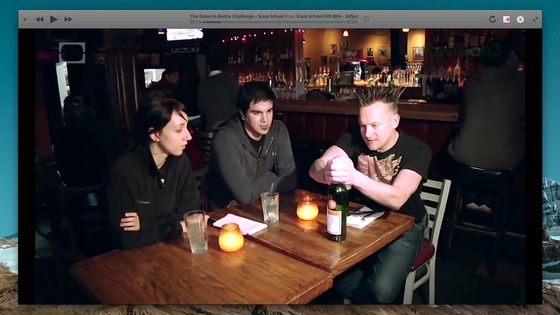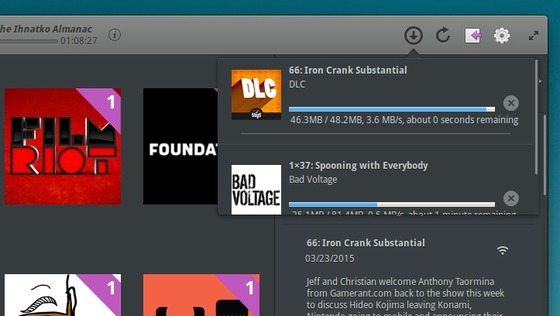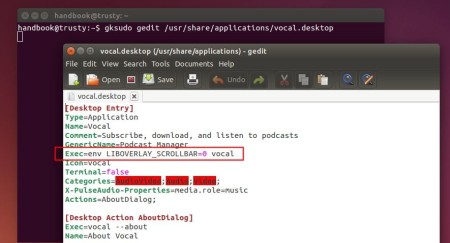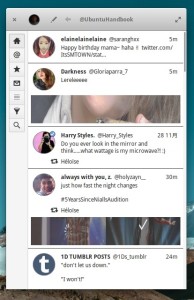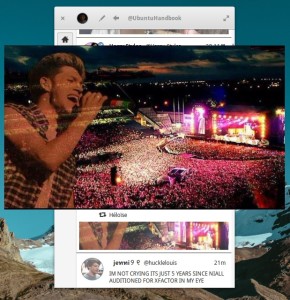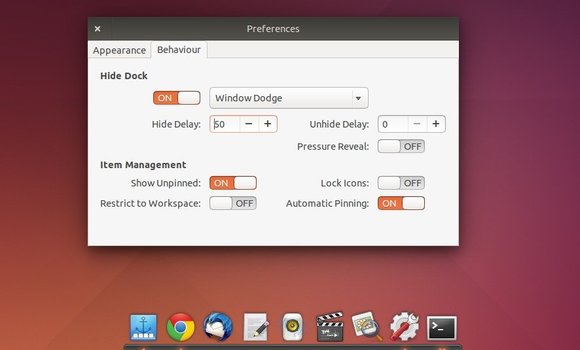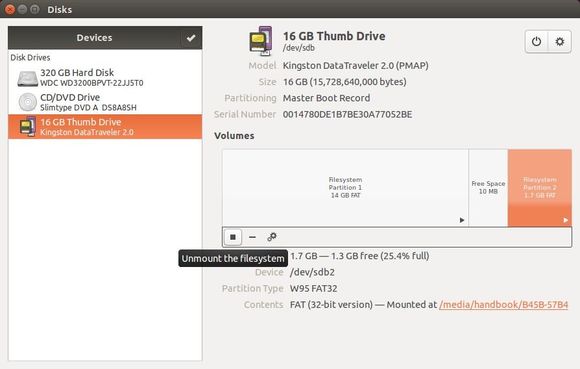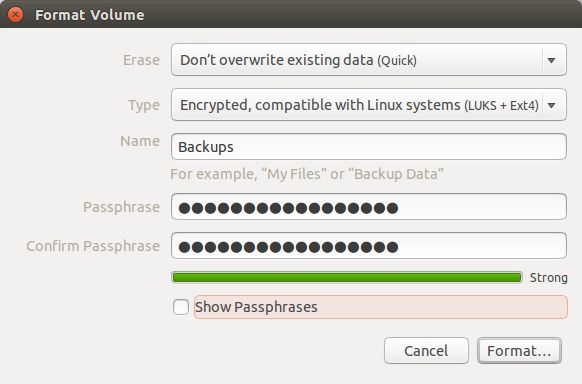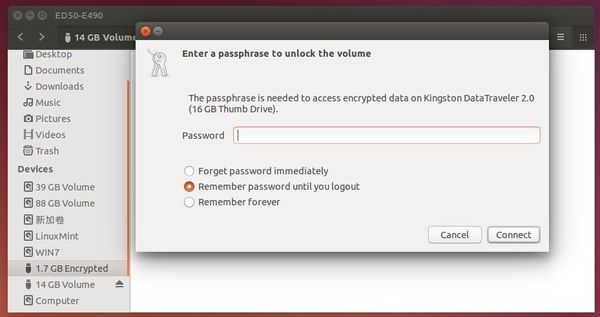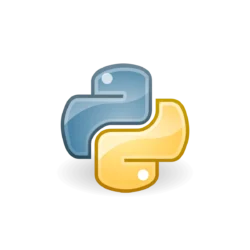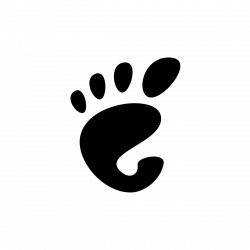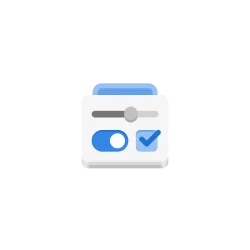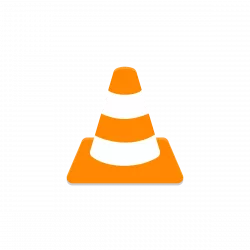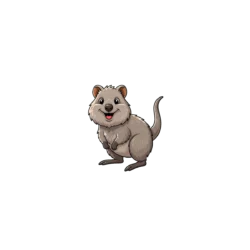The final release of Ubuntu 15.04 Vivid Vervet and its flavors, e.g., Xubuntu 15.04, Lubuntu 15.04, Ubuntu Gnome 15.04, UbuntuKylin 15.04, Ubuntu MATE 15.04, Ubuntu Studio 15.04, and Kubuntu 15.04 are available for download now!
Ubuntu 15.04 will be supported for 9 months for Desktop, Server, and all its official flavors. It features:
- Linux Kernel 3.19
- Updated packages
- systemd has replaced Upstart as the standard boot and service manager on all Ubuntu flavors except Touch.
- Unity 7.3
- Kubuntu 15.04 comes with Plasma 5 and KDE Applications 14.12 as the default
- Gnome 3.14 for Ubuntu Gnome 15.04
- Xfce 4.12 for Xubuntu 15.04
Download Ubuntu 15.04 and its flavors
Ubuntu 15.04 Desktop (Unity) and Sever:
http://releases.ubuntu.com/vivid/
Xubuntu 15.04, a lightweight Xfce Desktop based flavor:
http://cdimage.ubuntu.com/xubuntu/releases/15.04/
Lubuntu 15.04, based on the lightweight LXDE desktop environment:
http://cdimage.ubuntu.com/lubuntu/releases/15.04/
Ubuntu Gnome 15.04, based on Gnome-shell desktop environment:
http://cdimage.ubuntu.com/ubuntu-gnome/releases/15.04/
UbuntuKylin 15.04, an official flavor for Chinese users:
http://cdimage.ubuntu.com/ubuntukylin/releases/15.04/release/
Ubuntu MATE 15.04, a new official flavor based on MATE desktop, the continuation of classic GNOME 2:
http://cdimage.ubuntu.com/ubuntu-mate/releases/15.04/
Ubuntu Studio 15.04, for multimedia production:
http://cdimage.ubuntu.com/ubuntustudio/releases/15.04/
Kubuntu 15.04, based on KDE:
http://cdimage.ubuntu.com/kubuntu/releases/15.04/
For the official release note and how to upgrade instruction, refer to the Ubuntu wiki page.




